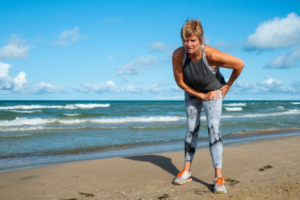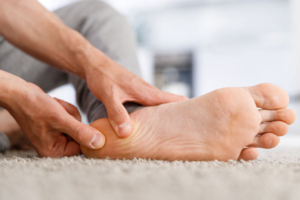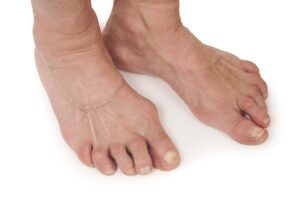
Hip Dysplasia: A Guide for Parents and Adults
Hip dysplasia (developmental dysplasia of the hip – DDH) is a condition that affects the hip joint.



What are shin splints and what causes them?
Shin splints have been documented to be one of the most common lower leg injuries in runners and athletes of high impact sports i.e. sprinting and football. As the name suggests, this condition is defined by pain and/or tenderness along the postero-medial (towards the back and inside edge) of the tibia. Shin splints are distinct condition from other common running related injuries, such as compartment syndromes, stress fractures and popliteal artery entrapment. The earliest research conducted into this condition date back to the 1950s, and since then many factors have been proposed to cause shin splints. Here is a list of the most common factors that have been shown to increase your risk in developing this condition:
What can I do at home to treat shin splints?
Studies have shown that stretching and strengthening the calf muscles has been the most effective way to not only relieve the pain that comes with shin splints, but to also reduce the likelihood of recurrence in the future. Follow the instructions below:
Calf stretches
Stand about 30cm away from a wall with the leg you are aiming to stretch behind the other leg. Keep the back leg straight and gradually lean towards the wall by bending your elbows, keeping the back heel grounded during the stretch. Hold for 30 seconds and repeat on the other side until you have performed it 3 times on each leg. You can also isolate the smaller soleus muscle by bending the back leg and performing the same movement.
N.B. Make sure both feet are pointing forwards and the front knee tracks over the second toe. It is also important to make sure your hips are parallel to the wall you are facing towards.
Calf raises
Stand about 30cm away from a wall. Make sure both feet are pointing straight ahead, and rise onto the balls of your feet. Hold for 2 seconds, and slowly return to the ground (I aim to count to 4 on the way down). Repeat this for 10 repetitions and three sets. If you want to challenge yourself, try doing this on one leg rather than two.
N.B. It is common for the heels to want to come inwards when your calf muscles get fatigued. If you notice this happening, take a short break and reset, then finish off the repetitions you have left. As I often say in the clinic the quality of the repetition is far more important than the quantity you perform.
Conclusion
Shin splints are a really common injury and they have the ability to impact greatly on your daily activities. Give the stretches and exercise a go at home and let me know with a comment below if these helped you out. As always, if you have any questions feel free to come and visit me in the clinic.
Stay safe and thanks for reading guys
Richard – Sole-Lution Podiatry

Hip dysplasia (developmental dysplasia of the hip – DDH) is a condition that affects the hip joint.

Heel pain can be a real drag, especially when that first step in the morning feels like stepping on a tack. One culprit behind this discomfort can be heel spurs. But what exactly are they, and more importantly, how can you fix them?

Arthritis in the feet can significantly disrupt your daily life, turning simple walks into painful struggles.